07
Aug
Kids Carry Higher Levels of Glyphosate in Their Bodies than Adults, Study Finds
 (Beyond Pesticides, August 7, 2019) A study conducted by the Center for Environmental Health (CEH) finds that children carry significantly higher levels of glyphosate in their bodies than their parents. Glyphosate, the active ingredient in Bayer Monsantoâs Roundup, has been identified as probably carcinogenic by the International Agency for Research on Cancer. Â In the context of recent data from the American Cancer Society (ACS) indicating that pediatric cancer in the U.S. surged by almost 50% from 1975 to 2015, many parents are worried, and looking for ways to reduce their childrenâs exposure to glyphosate and other toxic pesticides.
(Beyond Pesticides, August 7, 2019) A study conducted by the Center for Environmental Health (CEH) finds that children carry significantly higher levels of glyphosate in their bodies than their parents. Glyphosate, the active ingredient in Bayer Monsantoâs Roundup, has been identified as probably carcinogenic by the International Agency for Research on Cancer. Â In the context of recent data from the American Cancer Society (ACS) indicating that pediatric cancer in the U.S. surged by almost 50% from 1975 to 2015, many parents are worried, and looking for ways to reduce their childrenâs exposure to glyphosate and other toxic pesticides.
The study conducted by CEH enrolled eleven families from all over the U.S., testing levels of glyphosate in childrenâs urine as compared to their parents. Results showed that over 90% of participants had been recently exposed to glyphosate. In most child/parent pairs, the childâs body had surprisingly higher concentrations of glyphosate (up to 4 times that of the parent), supporting research that glyphosate poses a greater threat to children.
Children may be more susceptible to glyphosate for a variety of reasons. Children are growing, so they take in more of everything (from food, to water, to pesticides) per pound of body weight. Kids also spend more time closer to the ground crawling or playing, which increases risk of exposure. Additionally, since glyphosate alters protein synthesis, it can especially impact children as they are undergoing biological and physiological changes.
Simon Strong and Vilma Tarazona Strong have spent the four years since the death of their 12-year-old son Oliver from acute myeloid leukemia advocating for research on the causes and confounding variables of pediatric cancer. Mr. Strong told reporters of the Guardian that he realized he had been quietly encouraged to think that cancer is the result of âbad luck and dodgy genesâ rather than âtriggered by external agents that damage our DNA and the bodyâs ability to deal with that damage.â
Unfortunately, that viewpoint pervades the American Cancer Societyâs webpage on risk factors for childhood cancer. While ACS is for the most part silent on the impact of pesticides on childhood cancer, the Canadian Cancer Society recognizes these risks. A broader conversation about environmentally induced cancers is critical, as ACS estimates that about 11,060 children in the US under the age of 15 will be diagnosed with some form of cancer this year.
While Oliverâs parents, like many, do not know specifically what caused their son’s cancer, research led them to understand that his exposure to pesticides on turf fields may have played a role. Oliverâs father told the Guardian that he now regrets using Roundup on their patio, and that âOliverâs brother Edward said they both hated the smell of that stuff.â He said once he looked at the container and saw that it contained glyphosate he looked it up. â[I] saw it was declared a probable human carcinogen by the International Agency for Research on Cancer. And we all know now about the jury verdicts regarding glyphosateâ he said, referencing recent court cases that have linked glyphosate to cancer. Although the manufacturer, Bayer, continues to insist the product is safe, they are currently fielding lawsuits from over 18,400 plaintiffs who complain of cancer and other ailments caused by use of and exposure to the product
Oliverâs parents started a project called âThe Reasons Whyâ to connect families who experience cases of pediatric cancer, assess causal factors, and delve into the impact that chemical exposure can have on children. Private research projects, like the Strongâs, are increasingly important as federal funding for pediatric cancer work has taken a serious hit under the Trump administration. President Trump announced in February a $500 million appropriation over 10 years, which pales in comparison to President Obamaâs $1.8 billion, seven-year investment.
Communities all over America are questioning their local air and water quality and possible toxin exposure. From Michigan to Indiana to Pennsylvania, people are taking note of rising cases of pediatric cancer and other diseases. Beyond Pesticides encourages individuals to take precautions and avoid hazardous pesticides to reduce risk of cancer. The best way to minimize this risk is to shop organic, as studies have found that levels of pesticide metabolites in urine drop precipitously when switching to an all organic diet. If you think you have been exposed to pesticides, visit Beyond Pesticidesâ What to do in a Pesticide Emergency page, and take measures to prevent future exposure. Additionally, concerned parents are encouraged to advocate for pesticide-free land management practices and to question service providers about their practices and products to ensure toxic chemicals are not used on your property. And, of course, adopt organic practices in the management of your lawn and garden and encourage your town to adopt organic land management practices for their parks, playing fields, medians, and open space.
All unattributed positions and opinions in this piece are those of Beyond Pesticides.
Source: The Guardian, Center for Environmental Health









 (Beyond Pesticides, August 6, 2019) In a move that challenges the preponderance of independent peer-reviewed scientific findings on children’s health, the U.S. Environmental Protection Agency (EPA) recentlyÂ
(Beyond Pesticides, August 6, 2019) In a move that challenges the preponderance of independent peer-reviewed scientific findings on children’s health, the U.S. Environmental Protection Agency (EPA) recently 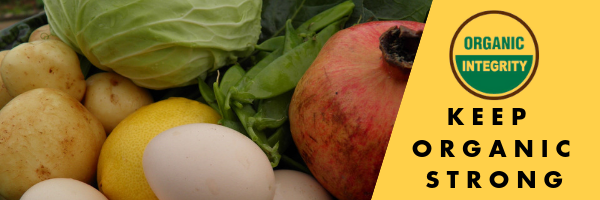 (Beyond Pesticides, August 5, 2019) The U.S. Department of Agriculture (USDA) appears to have forgotten the lesson learned 20 years ago when it was forced to ban genetic engineering (GE) in organic regulations. At a July 17 hearing called by the U.S. House Agriculture Subcommittee on Biotechnology, Horticulture, and Research on âAssessing the Effectiveness of the National Organic Program,â Greg Ibach, the USDA’s Under Secretary for Marketing and Regulatory Programs, stated, âThere is the opportunity to open the discussion to consider whether it is appropriate for some of these new technologies, including gene editing, to be eligible to be used to enhance organic production.”
(Beyond Pesticides, August 5, 2019)Â The U.S. Department of Agriculture (USDA) appears to have forgotten the lesson learned 20 years ago when it was forced to ban genetic engineering (GE) in organic regulations. At a July 17 hearing called by the U.S. House Agriculture Subcommittee on Biotechnology, Horticulture, and Research on âAssessing the Effectiveness of the National Organic Program,â Greg Ibach, the USDA’s Under Secretary for Marketing and Regulatory Programs, stated, âThere is the opportunity to open the discussion to consider whether it is appropriate for some of these new technologies, including gene editing, to be eligible to be used to enhance organic production.” (Beyond Pesticides, August 2, 2019)Â Advocates of organic agriculture, including Beyond Pesticides, are sounding a âyellow alertâ on the heels of recent comments, by the U.S. Department of Agriculture (USDA) Under Secretary for Marketing and Regulatory Programs, Greg Ibach, before the U.S. House Agriculture Subcommittee on Biotechnology, Horticulture, and Research. In his remarks,
(Beyond Pesticides, August 2, 2019)Â Advocates of organic agriculture, including Beyond Pesticides, are sounding a âyellow alertâ on the heels of recent comments, by the U.S. Department of Agriculture (USDA) Under Secretary for Marketing and Regulatory Programs, Greg Ibach, before the U.S. House Agriculture Subcommittee on Biotechnology, Horticulture, and Research. In his remarks, 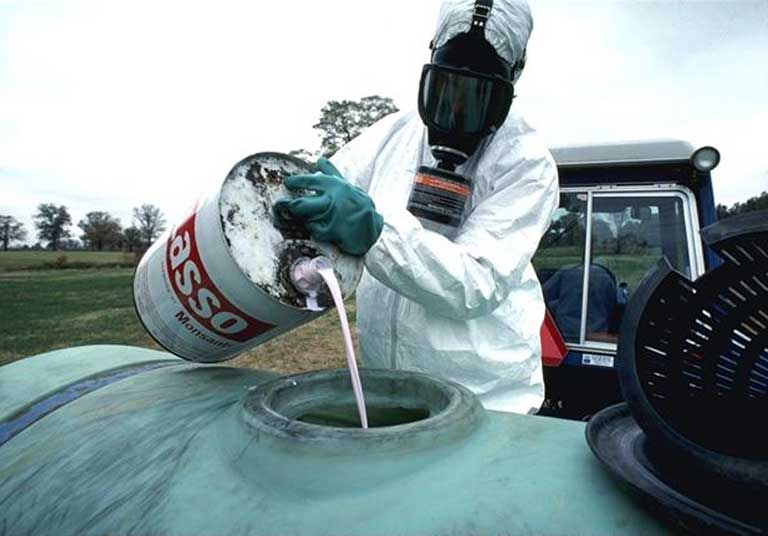 (Beyond Pesticides, August 1, 2019) Last month, the Brazilian Ministry of Agriculture approved the registration of 51 additional hazardous pesticides and brought the total to
(Beyond Pesticides, August 1, 2019) Last month, the Brazilian Ministry of Agriculture approved the registration of 51 additional hazardous pesticides and brought the total to  (Beyond Pesticides, July 31, 2019) When it comes to maintaining a healthy gut, organic apples shine, while conventional, pesticide-treated apples come out bruised and wanting, according to a new study published in
(Beyond Pesticides, July 31, 2019) When it comes to maintaining a healthy gut, organic apples shine, while conventional, pesticide-treated apples come out bruised and wanting, according to a new study published in 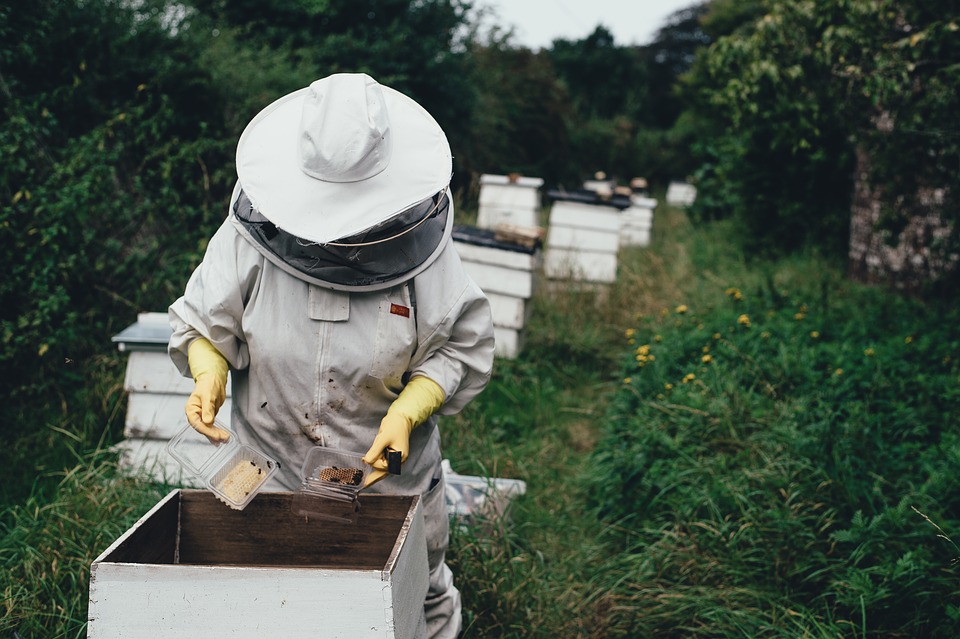 (Beyond Pesticides, July 30, 2019) Earlier this month, the U.S. Environmental Protection Agency
(Beyond Pesticides, July 30, 2019) Earlier this month, the U.S. Environmental Protection Agency  (Beyond Pesticides, July 29, 2019)Â
(Beyond Pesticides, July 29, 2019)Â  (Beyond Pesticides, July 26, 2019)Â The botanic denizens of wild and unmanaged lands typically comprise many different plant species. This is because nature abhors monocultures â the existence of a single kind of plant growing across some amount of territory. Yet, this is the dominant practice in modern agriculture, and brings with it a plethora of problems. One of them, emerging from an
(Beyond Pesticides, July 26, 2019)Â The botanic denizens of wild and unmanaged lands typically comprise many different plant species. This is because nature abhors monocultures â the existence of a single kind of plant growing across some amount of territory. Yet, this is the dominant practice in modern agriculture, and brings with it a plethora of problems. One of them, emerging from an 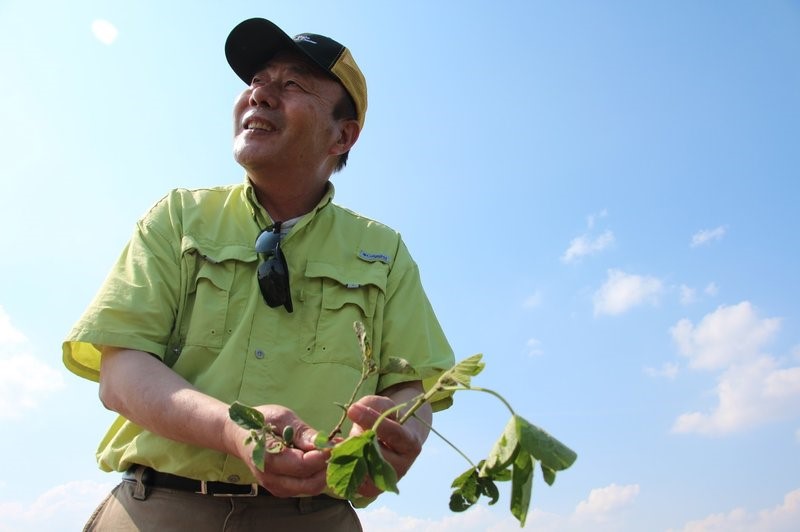 (Beyond Pesticides, July 25, 2019) Professors are experiencing damage to their soybean field research as a result of dicamba drift from neighboring agricultural fields. Experts worry that continued drift will make it impossible to carry out public research integral to non-genetically engineered soybean production. These reports,
(Beyond Pesticides, July 25, 2019) Professors are experiencing damage to their soybean field research as a result of dicamba drift from neighboring agricultural fields. Experts worry that continued drift will make it impossible to carry out public research integral to non-genetically engineered soybean production. These reports, 

 (Beyond Pesticides, July 22, 2019) The U.S. Environmental Protection Agency (EPA) will permit the continued use of a known neurotoxic insecticide on the food the Americans eat, the agency announced yesterday in response to a lawsuit filed by public health groups. Health advocates say the move to continue
(Beyond Pesticides, July 22, 2019) The U.S. Environmental Protection Agency (EPA) will permit the continued use of a known neurotoxic insecticide on the food the Americans eat, the agency announced yesterday in response to a lawsuit filed by public health groups. Health advocates say the move to continue  (Beyond Pesticides, July 19, 2019) A high-level, nongovernmental commission in the United Kingdom (UK) â the
(Beyond Pesticides, July 19, 2019) A high-level, nongovernmental commission in the United Kingdom (UK) â the  (Beyond Pesticides, July 18, 2019) Pesticide products containing the weed killer dicamba become more volatile and drift-prone in hot conditions and when tank-mixed with glyphosate, according to
(Beyond Pesticides, July 18, 2019) Pesticide products containing the weed killer dicamba become more volatile and drift-prone in hot conditions and when tank-mixed with glyphosate, according to  (Beyond Pesticides, July 17, 2019) A March 2017 bird kill incident in Modesto, CA can be traced directly back to an insecticide âsoil drenchâ applied to the base of several elm trees by pesticide applicators hired by the city, as detailed in a study published last month in the
(Beyond Pesticides, July 17, 2019) A March 2017 bird kill incident in Modesto, CA can be traced directly back to an insecticide âsoil drenchâ applied to the base of several elm trees by pesticide applicators hired by the city, as detailed in a study published last month in the 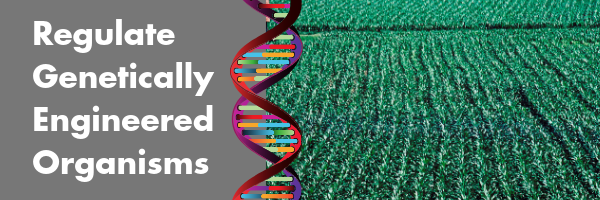 (Beyond Pesticides, July 16, 2019)Â USDA’sÂ
(Beyond Pesticides, July 16, 2019) USDA’s  (Beyond Pesticides, July 15, 2019) On Friday, Marylandâs highest court upheld the right of local governments to restrict the use of toxic lawn care pesticides more stringently than the state. By denying an appeal from the pesticide industryâs challenge to a lower court ruling, the Maryland Court of Appeals has made official
(Beyond Pesticides, July 15, 2019)Â On Friday, Marylandâs highest court upheld the right of local governments to restrict the use of toxic lawn care pesticides more stringently than the state. By denying an appeal from the pesticide industryâs challenge to a lower court ruling, the Maryland Court of Appeals has made official  (Beyond Pesticides, July 12, 2019)Â The U.S. Department of Agriculture (USDA) announced, on Saturday, July 6 that it would
(Beyond Pesticides, July 12, 2019)Â The U.S. Department of Agriculture (USDA) announced, on Saturday, July 6 that it would  (Beyond Pesticides, July 11, 2019) Pregnant mothers with higher concentrations of pesticide metabolites (breakdown products) in their urine are more likely to have children who develop symptoms of Attention Deficit/Hyperactivity Disorder (ADHD), according to research conducted by the University of Southern Denmark and Odense University Hospital. The results of this study are consistent with past findings from
(Beyond Pesticides, July 11, 2019) Pregnant mothers with higher concentrations of pesticide metabolites (breakdown products) in their urine are more likely to have children who develop symptoms of Attention Deficit/Hyperactivity Disorder (ADHD), according to research conducted by the University of Southern Denmark and Odense University Hospital. The results of this study are consistent with past findings from  (Beyond Pesticides, July 10, 2019) The California Coastal Commission will host a public hearing today on a U.S. Fish and Wildlife Service (USFWS) proposal to drop 1.5 tons of the rodenticide brodifacoum, an extremely potent anticoagulant, on the Farallon Islands National Wildlife Refuge.
(Beyond Pesticides, July 10, 2019) The California Coastal Commission will host a public hearing today on a U.S. Fish and Wildlife Service (USFWS) proposal to drop 1.5 tons of the rodenticide brodifacoum, an extremely potent anticoagulant, on the Farallon Islands National Wildlife Refuge. 
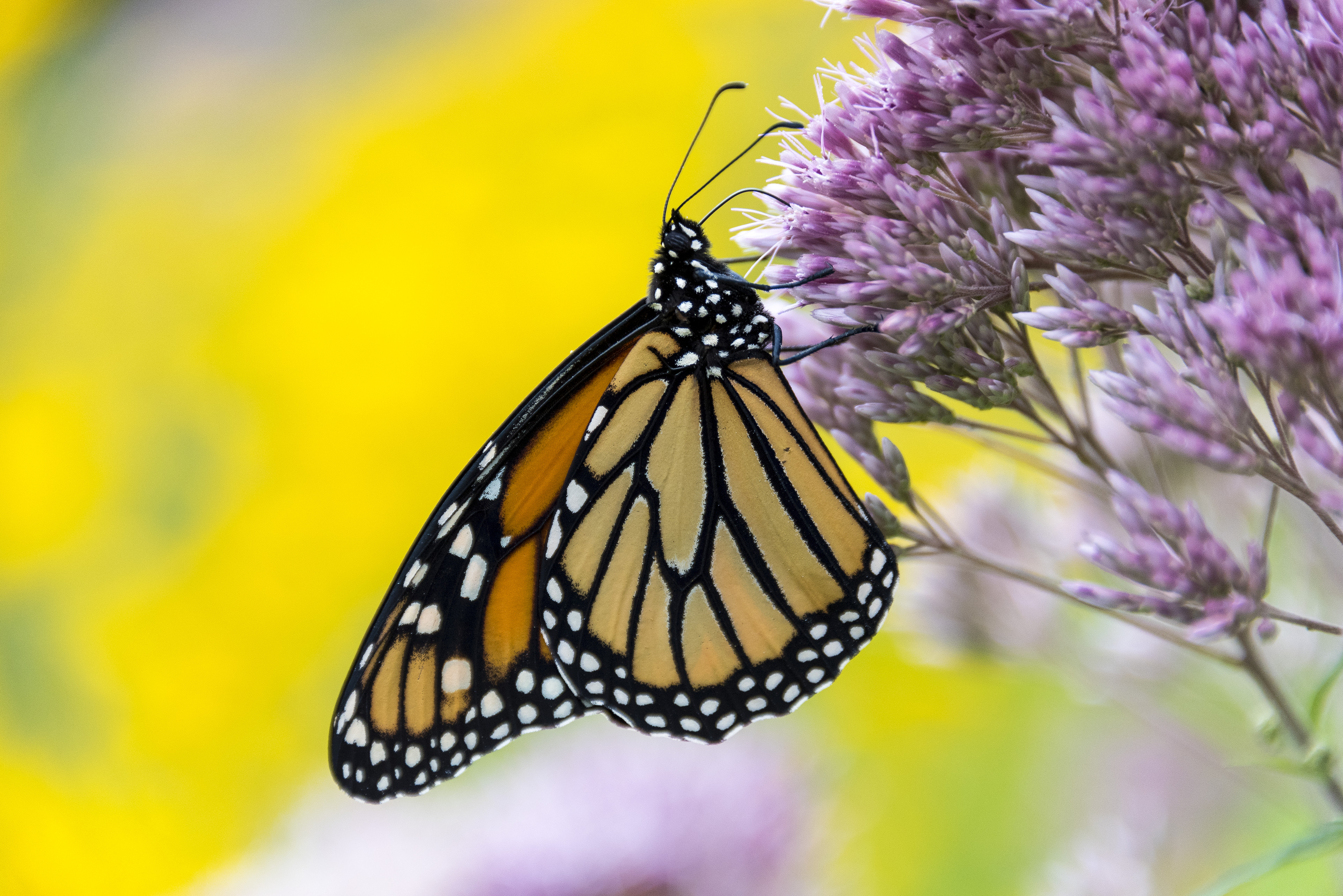 (Beyond Pesticides, June 8, 2019)Â Scientists studying the precipitous decline in populations of monarch butterflies are searching for causes, and
(Beyond Pesticides, June 8, 2019)Â Scientists studying the precipitous decline in populations of monarch butterflies are searching for causes, and 
